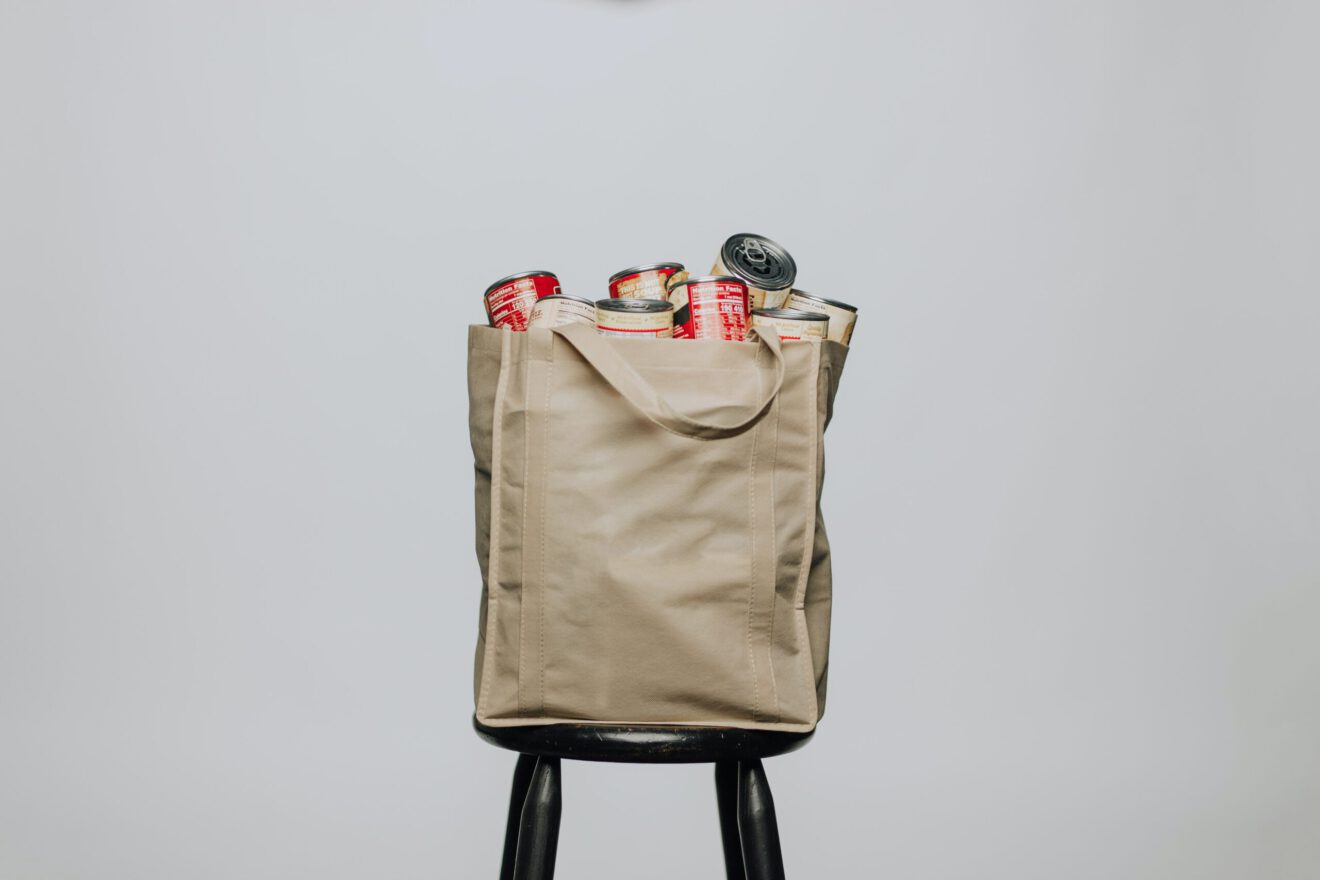In times of uncertainty, people gravitate toward what they know. In mid-March when the novel coronavirus was declared a pandemic, there was uncertainty about what the future would look like. Shoppers wondered what else would run out if they couldn’t even get toilet paper. So, many decided to stock up.
Shoppers realized they’d risk exposure if they visited a grocery store. Suddenly they were looking to minimize trips and stock up on foods that would hold them over indefinitely. Many looked to familiar favorites, as evident in Campbell’s sales surge.
Campbell’s said sales increased 15% to $2.24 billion during the company’s third quarter ending April 26, driven in large part by a 35% increase in soup sales, ready-to-eat, condensed and broth. For the week ending March 21, the company’s Meals & Beverages division saw a 366% increase in weekly case orders compared to a year ago.
These familiar favorites had several benefits; they were shelf stable, easy to prepare and affordable. They also pulled on our nostalgic heart strings.
This pandemic has sapped the energy out of us and replaced it with stress. We’ve been balancing work, kids at home, many activity closures and economic hardship. “For many parents, it can feel overwhelming to face competing demands at home and work along with possible financial challenges during this unprecedented crisis,” said Arthur C. Evans Jr., PhD, American Psychological Association’s chief executive officer.
In the face of job losses and adjusting to working from home and online learning, comfort foods were gateways to some relief. People needed solutions for quick cooking at home, easy snacks and overall value. Worrying about healthy “food rules” and daily access to fresh produce wasn’t a top priority for many consumers.
Familiar comfort food brands had to adjust their manufacturing plants and their supply chains to meet increased demand. Campbells shared that it initially had troubles meeting the surge. Its supply chain teams had to adapt quickly, increase manufacturing, hire more help, change production schedules and alter the variety of products produced.
Comfort and convenience brands are actively and successfully proving they can be trusted, have taste appeal and are worth keeping in the pantry. But for how long?
Campbell’s saw a 6% quarterly increase in the number of households buying its products, and is working hard to increase and test new marking to hold on to new buyers. Maintaining this new audience will be paramount to their future success.
Time for brand building
For many Americans, there will always be space in the pantry for popular brands like Campbell’s and other mainstream comfort foods. But for others, the risk of abandonment post-pandemic is high.
Some experts think this pivot to quick, easy and affordable eat-at-home trends will last another 12 months. While the initial panic for shelf-stable foods is gone, the economy isn’t in the clear. Shoppers still need options that provide value and convenience. Cooking at home will remain popular for a while. Pantry staples, frozen meals and comfort foods have an opportunity to grow their relevance.
In the meantime, these brands are getting great exposure. Now they are at or near the top of the chain, having elbowed out fancy, more expensive choices. They are getting face and taste time with the next generation of eaters and, more importantly, of future shoppers. They should not waste this opportunity. There are steps they can take to capitalize on this newfound exposure.
- Remain on shelf, fully stocked to be there when shoppers come looking.
- The parents of these brands should help retailers optimize their ecommerce sites so their brands are suggested more and shown more as suites of products that offer versatile meal solutions.
- Suggest creative ways to use them, including time savings tips, how
they can be served up as snacks and how they can be paired with fresh foods to make healthy meals, thereby presenting a longer-term vision for how they will fit post-pandemic. - Elevate messaging around their nutritional value, as many of these products are fortified with vitamins.
- Consider adding more function and nutritional value either in the base brands or through brand extensions.
- Try new flavor variations.
- Bundle with other complementary brands to drive more versatility.
- Try direct to consumer (DTC) sales directly or as a part of meal kits.
The coronavirus pandemic is certainly impacting all food and beverage manufacturers in unique ways. Naturally, brand teams will have to manage the near-term issues to ensure product availability. But they should also plan for a post-pandemic future.
Raj B. Shroff is founder and principal at PINE Strategy & Design. He is an experienced retail strategist who has guided many leading CPG brands and retailers in research, strategy, experience design and digital-retail integration.
